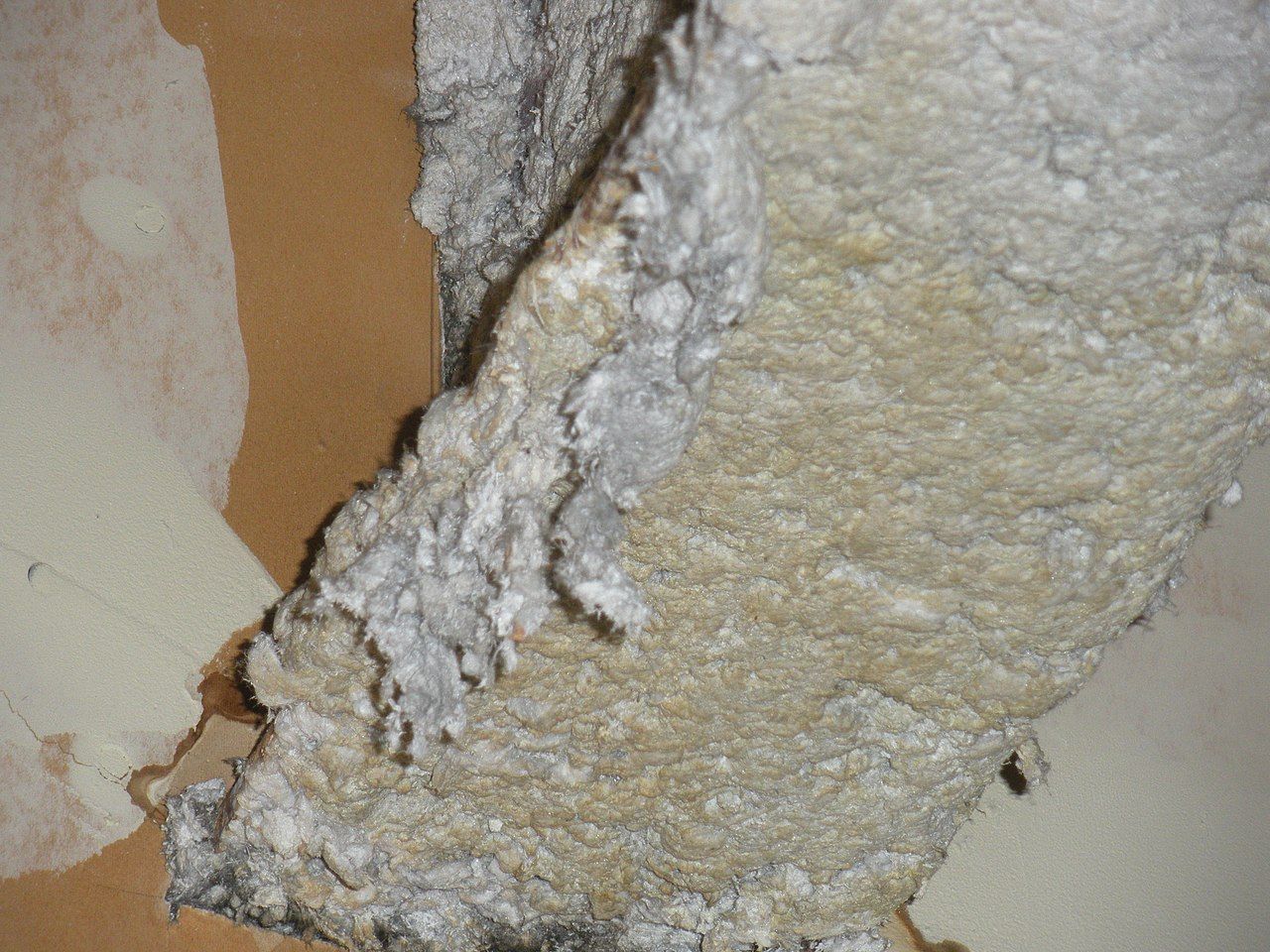Unveiling the Silent Threat: Radon and Your Home's Health
In the pursuit of a healthy home environment, there's one invisible intruder that often goes unnoticed, radon gas. While it lacks colour, taste, and smell, radon poses a significant health risk when accumulated in indoor spaces, such as your home. Understanding the potential dangers and taking proactive measures can safeguard you and your family’s well-being.
What is Radon?
Radon is a radioactive gas that results from the natural breakdown of uranium in soil, rocks, and water. It can seep into homes through cracks in the foundation, gaps in floors, and other openings, accumulating in enclosed spaces. Prolonged exposure to elevated radon levels can lead to severe health issues, primarily lung cancer.
The World Health Organisation (WHO) recognises radon as a Class 1/A carcinogen, indicating that it has the potential to cause cancer in humans. Radon causes approximately 1,000 lung cancer deaths in the UK every year. Existing research states that the combined risks of smoking and high radon exposure can significantly increase your chances of developing lung cancer. That's why if you have high radon levels at home and you smoke, it's important you do something about it.
Detecting radon in your home is crucial, as it allows you to take timely action to mitigate the risks. Radon testing kits, available at https://www.ukradon.org/services/orderdomestic or through professional services, can measure radon levels in your indoor air. If high levels are detected, it's essential to address the issue promptly.
How to tackle radon in your home
Tackling radon exposure involves various strategies, depending on the severity of the problem. Sealing cracks and gaps in the foundation, walls, and floors is a fundamental step in preventing radon infiltration. Additionally, installing a radon mitigation system, such as a vent pipe and fan, can effectively redirect radon gas from the soil away from your home.
The World Health Organisation advises the following to prevent radon build-up:
- increasing under-floor ventilation
- installing a radon sump system in the basement or under a solid floor
- avoiding the passage of radon from the basement into living spaces
- sealing floors and walls; and
- improving the ventilation of the building, especially in the context of energy conservation.
Passive systems of mitigation can reduce indoor radon levels by more than 50%. When radon ventilation fans are added radon levels can be reduced even further.
Ongoing monitoring
Regular maintenance checks and periodic radon testing are essential to ensure the continued effectiveness of mitigation measures. Homeowners should also be aware that radon levels can fluctuate over time, influenced by factors like changes in weather and the home's ventilation.
While addressing radon concerns is crucial, it's equally important to adopt a holistic approach to indoor air quality. Proper ventilation, using air purifiers, and minimising tobacco smoke indoors can all contribute to a healthier living environment.
In conclusion, the silent threat of radon gas requires proactive measures to protect you and your family’s health. Regular radon testing, coupled with effective mitigation strategies, can significantly reduce the risks associated with prolonged exposure. By staying informed and taking action, you can create a home that nurtures well-being and peace of mind.










